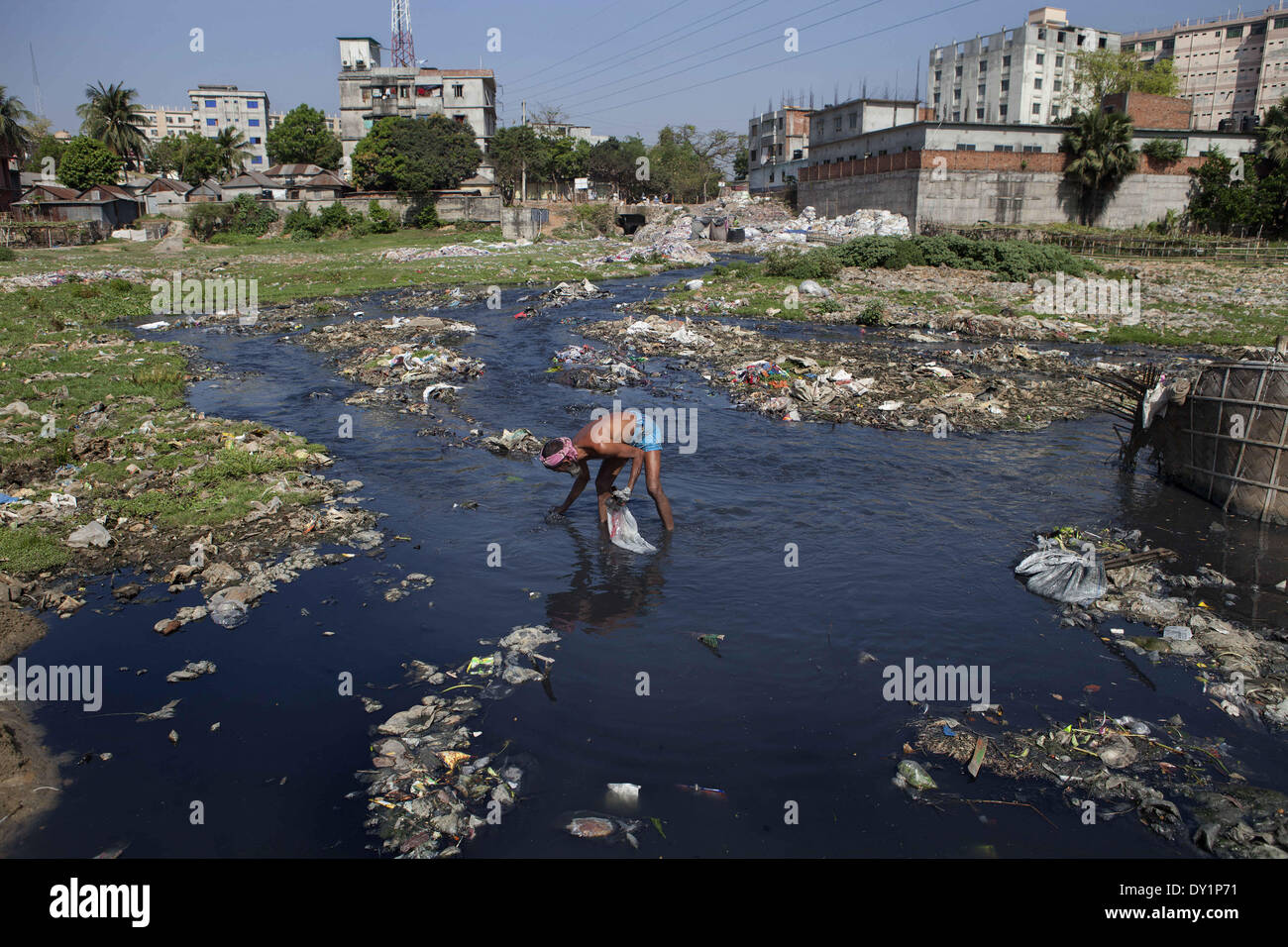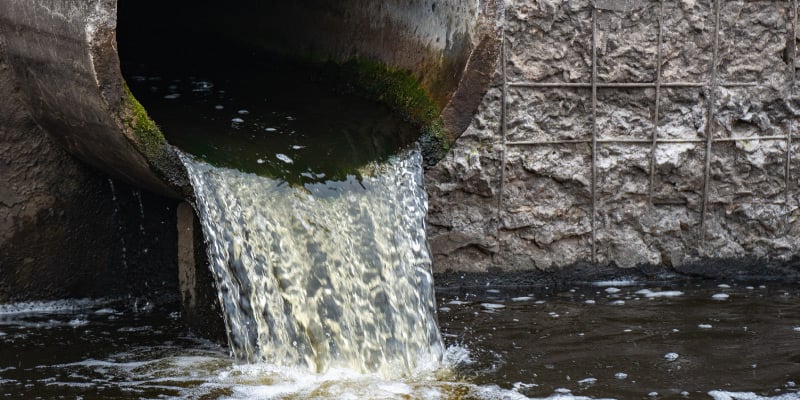Exactly How Liquid Waste Disposal Works: A Comprehensive Introduction of Strategies and Technologies Employed

Introduction of Liquid Waste Types
The complexity of liquid waste kinds necessitates a complete understanding of their qualities and effects for disposal. Fluid waste can broadly be categorized into a number of types, including commercial, metropolitan, agricultural, and contaminated materials. Each classification exhibits distinct homes, requiring certain monitoring strategies to mitigate ecological and wellness dangers.
Industrial fluid waste stems from making procedures and typically consists of a series of impurities, such as heavy metals, solvents, and organic substances. Community fluid waste, mostly comprising wastewater from houses and industrial facilities, consists of raw material, nutrients, and virus (industrial wastewater treatment). Agricultural liquid waste, including drainage from farms, may include plant foods, chemicals, and pet waste, presenting risks to water quality and ecological communities
Harmful fluid waste is characterized by its toxicity, sensitivity, or prospective to trigger damage. This group consists of substances like acids, bases, and particular chemicals that necessitate stringent handling and disposal protocols. Recognizing these varied liquid waste kinds is vital for developing efficient disposal techniques and making sure conformity with environmental policies. Proper classification and characterization are crucial for carrying out ideal therapy methods and reducing the damaging impacts on public wellness and the setting.
Physical Treatment Techniques

Screening is the first action, where larger fragments and debris are removed from the liquid waste using displays or grates. This procedure secures downstream devices from damages and makes sure smoother procedure. Complying with testing, sedimentation makes use of gravitational force to different solids from fluids. In sedimentation storage tanks, heavier bits resolve at the base, developing a sludge layer, while the cleared up liquid can be additional treated.
Filtering is an additional crucial method that entails passing the fluid with porous products, such as sand or membranes, to catch smaller sized bits. This step improves the quality of the fluid, making it ideal for succeeding treatment processes.

Chemical Therapy Methods
Chemical therapy techniques are crucial for successfully handling liquid waste, specifically in addressing liquified and colloidal impurities that physical approaches might not appropriately remove. These methods utilize numerous chemical representatives to neutralize, precipitate, or transform unsafe materials right into less harmful forms.
One usual method is coagulation and flocculation, where chemicals such as alum or ferric chloride are included to advertise the aggregation of suspended particles. This process boosts sedimentation, enabling much easier elimination of the resulting sludge. Additionally, oxidation processes, using agents like chlorine or ozone, are employed to break down intricate natural compounds and pathogens, providing the waste safer for discharge or further treatment.
Neutralization is one more essential technique, which adjusts the pH of acidic or alkaline waste streams to neutral degrees, protecting against potential harm to downstream systems and the atmosphere. Moreover, progressed oxidation procedures find this (AOPs) make use of combinations of oxidants and ultraviolet light to weaken relentless contaminants, achieving a higher level of treatment efficiency.
Biological Treatment Processes
Organic therapy procedures play an essential role in the administration of liquid waste by using microbes to decay natural issue and minimize impurity degrees. These procedures can be extensively categorized into aerobic and anaerobic therapies, each utilizing specific microbial areas to attain efficient waste deterioration.
Cardiovascular treatment involves making use of oxygen to assist in the malfunction of natural materials by microorganisms. This procedure is commonly carried out in activated sludge systems, where oygenation containers provide a conducive atmosphere for microbial growth, resulting in the oxidation of organic toxins. The resultant biomass can be divided from treated effluent with sedimentation.
In contrast, anaerobic treatment takes place in the lack of oxygen, counting on various germs to break down raw material. This technique is especially advantageous for high-strength waste, as it creates biogas, a sustainable energy resource, while lowering sludge production. Technologies such as anaerobic digesters are frequently used in community and industrial applications.
Both cardiovascular and anaerobic organic treatments not just lessen the environmental influence of liquid waste yet likewise promote resource recovery, making them essential parts of sustainable waste administration strategies. Their adaptability, efficiency, and performance support their extensive execution throughout numerous markets.
Arising Technologies in Disposal
Innovative methods to fluid garbage disposal are rapidly progressing, driven by developments in modern technology and an enhancing emphasis on sustainability. Amongst these emerging innovations, membrane bioreactors (MBRs) have gotten grip for their capacity to combine biological therapy with membrane layer filtration, resulting in top notch effluent that can be recycled in numerous applications. MBRs enable smaller footprints and much more effective operations compared to standard systems.
Another promising advancement is the usage of anaerobic food digestion incorporated with nutrient recuperation innovations, which not just deals with fluid waste however likewise produces biogas and recuperates useful nutrients like nitrogen and phosphorus. This twin advantage improves resource effectiveness and decreases environmental impact.
Furthermore, advanced oxidation processes (AOPs) are being taken on for the destruction of intricate natural toxins. These approaches use powerful oxidants and catalysts to damage down impurities at the molecular degree, supplying an extremely efficient service for challenging waste streams.
In addition, the assimilation of synthetic knowledge and artificial intelligence in waste management systems is maximizing functional effectiveness and anticipating upkeep, bring about reduced costs and improved environmental conformity. These innovations mirror news a considerable change in the direction of even more effective and lasting fluid waste disposal methods.
Verdict
Finally, reliable fluid garbage disposal demands a comprehensive understanding of various techniques and technologies. The integration of physical, chemical, and biological therapy approaches ensures the reliable administration of varied waste kinds. In addition, the appearance of cutting-edge technologies boosts therapy efficiency and advertises sustainability in waste management practices. By constantly advancing these methods, it ends up being possible to resolve the growing challenges linked with liquid sites waste, ultimately contributing to environmental management and source healing.
Liquid waste disposal is an important aspect of environmental administration, requiring an extensive understanding of various techniques and modern technologies tailored to different waste kinds. Fluid waste can generally be categorized into a number of types, consisting of commercial, municipal, agricultural, and harmful waste. Agricultural liquid waste, consisting of runoff from ranches, might contain fertilizers, pesticides, and pet waste, presenting risks to water quality and ecosystems.
Different physical therapy techniques play an important function in handling liquid waste effectively - industrial wastewater treatment.In verdict, reliable liquid waste disposal necessitates a thorough understanding of numerous strategies and innovations